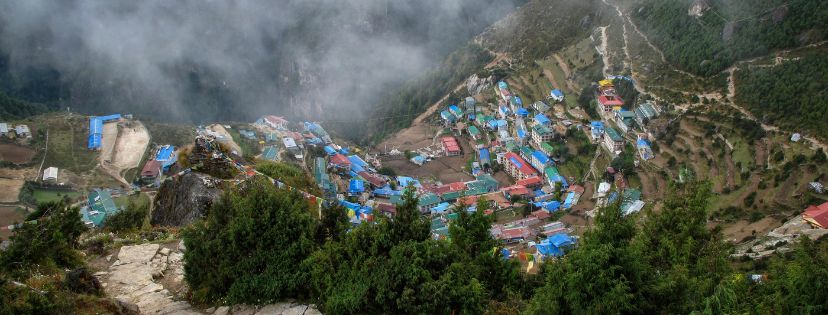
Introduction
One of the most exciting and rewarding parts of the Everest Base Camp trek is the leg from Phakding to Namche Bazaar. This section, which covers roughly 10-12 kilometers (6-7 miles), is a day filled with dramatic changes in terrain. It also brings rich cultural experiences, and breathtaking views. As you journey through the Khumbu Valley, you’ll find yourself enveloped by the natural beauty of the region.
The trek from Phakding to Namche Bazaar is a long journey on the way to Everest Base Camp, and it’s by no means an easy walk. This day also feels more tiring as the first day of the trek from Lukla to Phkading is barely a 3-hour journey. Moreover the considerable altitude gain to go up to Namche Bazaar can test your fitness level. The trail steadily ascends fro 2610 at Phakding to 3,440 meters (11,286 feet) by the time you reach Namche Bazaar, which is a considerable gain. Thus it becomes important to ensure you stay hydrated, walk at a slow comfortable pace to allow your body to acclimatize.
The journey towards Namche Bazaar brings you closer to the towering peaks of the Everest massif. The trek is physically challenging but rewarding, with plenty of opportunities to soak in the environment and wildlife. It also brings you closer to the local Sherpa culture.
Let’s take a closer look at what you’ll experience as you make your way from Phakding to Namche Bazaar.
The Trek from Phakding to Namche Bazaar: A Sensory Adventure

The trek begins with a gentle ascent from Phakding (2,610 meters / 8,563 feet) towards Namche Bazaar (3,440 meters / 11,286 feet), the vibrant heart of the Khumbu region. The first thing you’ll notice is the dramatic shift in landscape. You’ll pass through dense pine and rhododendron forests, where the trail is often shaded. In the spring, the forests are alive with blooming rhododendrons, adding vibrant color to the landscape.
On the way from Phakding to Namche Bazaar you will cross smaller villages of the region like Toktok, Bengkar, Monjo and Jorsalle to name a few.
Sagarmatha National Park
Interestingly Monjo, also happens to be the start point of the Sagarmatha National Park. The National Park entrance has army officer deployed to keep trekkers in check, while also ensuring the regions and the trekkers safety. The word Sagarmatha is the Nepali name for Mount Everest and that’s how the Park has been named. At the Sagarmatha National Park entry gate, there will be a security check of your documentation, permits as well as your bags as per the Parks protocol.
Dudh Kosi River
As you continue, the valley begins to open up, revealing stunning views of snow-capped peaks. These towering mountains are just a hint of what’s to come. As you ascend, the views become even more majestic. You’ll also pass over the Dudh Koshi River, its blue-green waters rushing below you as you cross several suspension bridges. One of the most iconic of these is the Tengboche Suspension Bridge, a high, swaying bridge that offers fantastic views of the river and surrounding valley.
Along the way, you’ll pass through numerous Sherpa villages, each with its own distinct charm. The traditional stone houses, prayer flags and intricate stupas are reminders of the Buddhist influence in the region. The Buddhist mani walls—walls inscribed with prayers—are also a common sight along the trail, adding to the spiritual atmosphere.
The constant hum of the Dudh Koshi River is ever-present. The river’s rushing water providing a peaceful soundtrack to your journey. In the higher regions, the sound of the occasional yak bell can be heard as these sturdy animals carry supplies up and down the valley.
The air in the Khumbu region is clean and fresh, but it’s also filled with distinctive smells. You won’t miss the earthy scent of pine trees, damp moss, and the occasional wildflower. When you pass through the villages, the aroma of wood smoke from cooking fires and wood-burning stoves will greet you.
Along the suspension bridges, the air is often damp and crisp. When you stop for breaks, you might also catch the smell of freshly-baked bread, which is a common sight at teahouses in the region.
Popular Lunch Spots Along the Way
One popular stop for lunch is at Jorsalle, a small village located about halfway to Namche Bazaar. Here, you can find simple teahouses where you can rest and enjoy a warm bowl of dal bhat tarkari (rice, lentils and vegetables), momo (Nepali dumplings), or a noodle soup. If you prefer something lighter, you might opt for a sandwich or tibetan bread with a cup of tea or hot chocolate.
Once you’re closer to Namche Bazaar, the food options become more varied. You’ll find higher-end teahouses serving more international options, including pasta, pizza, and fried rice. Trekking food is often simple, but it is filling and nutritious, designed to keep you going through the demanding trek.
Wildlife Along the Trail
The trek from Phakding to Namche Bazaar also offers opportunities to spot some of the local wildlife. Look out for the Danphe. It is the national bird of Nepal and is often spotted on the trail in the early mornings or evenings.
Additionally, the trail is home to a variety of mammals, including Himalayan Tahr (a type of wild goat), blue sheep, and the red panda, though spotting these animals can be quite rare. If you’re lucky, you may also spot a marmot or a snow leopard, though these animals tend to stay high in the mountains and are elusive to trekkers.
The Highlights of Namche Bazaar
After a day of trekking, you’ll finally arrive at Namche Bazaar, which sits at an altitude of 3,440 meters (11,286 feet). Namche is the largest town in the Khumbu region and serves as a hub for both trekkers and locals alike. The town is strategically positioned on a natural terrace. Namche is a bustling place with plenty to explore, and you’ll find a wide variety of shops, lodges, restaurants, and even ATMs (the only ones you’ll find until you reach Lukla).
Namche Bazaar Museum and Surrounding Views
A visit to the Sherpa Culture Museum in Namche Bazaar is a must. The museum offers fascinating insights into the history, culture, and daily life of the Sherpa people, who have called this region home for generations. It is also home to exhibits on the mountaineering history of the region, including the story of Sir Edmund Hillary and Tenzing Norgay’s first successful ascent of Everest. The museum provides a great context for the trek ahead. Even for a beginner, it will deepen your appreciation of the mountains and the people who live here.
In addition to the museum, Namche is home to a variety of shops selling trekking gear, souvenirs, and local handicrafts. You can also find some excellent bakeries that serve freshly baked cakes and pastries, a welcome treat after a long day of trekking.
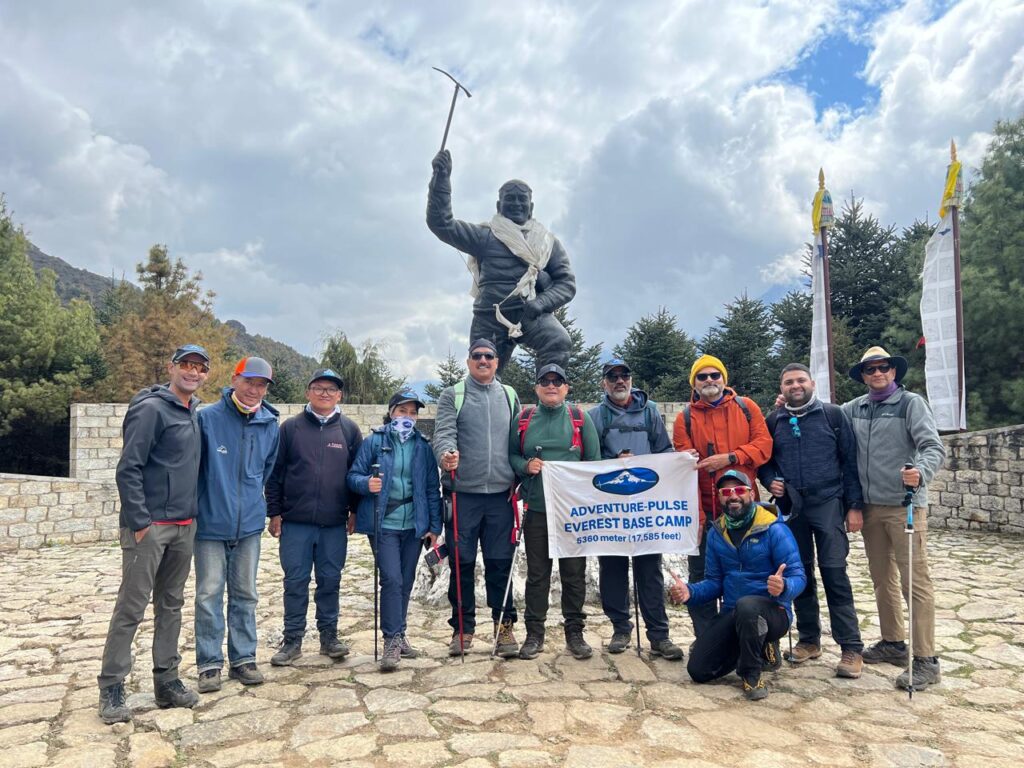
*Trekkers at the iconic statue at the Sherpa Museum in Namche.*
Acclimatization and Nearby Hikes
Namche Bazaar is the perfect place to spend an acclimatization day, especially since you’ll be ascending to higher altitudes over the next few days. One of the most popular acclimatization hikes is to Syangboche and the Everest View Hotel. From here, you’ll have panoramic views of Everest, Lhotse, and Ama Dablam, some of the most iconic peaks in the region. It’s a relatively short hike, but it’s a great way to stretch your legs and enjoy the scenery.
As part of our itinerary we go for an acclimatization hike to Khumjung. This hike takes you from 3440 M to 3700 M, allowing you to gain almost 300 meters which allows for acclimatisation for our journey to Debuche which is the next day. This hike to Khumjung offers excellent views of Mount Everest, Thamserku, Kangtega, Nuptse and Tawbuche among others. One of the most iconic hotels in Khumjung is the Everest View Hotel. As the name typically suggests, accommodation at this hotel will enable you to see everest right outside your window. The Everest View Hotel also happens to be the most expensive hotel in the Khumbu region, starting from 300 to 350 dollar per night.

Why is this hike necessary for you ?
Spending a day in Namche Bazaar is crucial for acclimatization. Even though it’s tempting to rush forward, taking the time to adjust to the altitude will help prevent altitude sickness. On your acclimatization day, plan to take it easy but also get moving by doing some light hiking as described above. Drink plenty of water, eat nutritious meals, and avoid alcohol. Spend time relaxing and exploring the town, and if you’re feeling up to it, do some stretching to keep your body limber for the days ahead. This day in Namche will set you up for a safer and more enjoyable trek to Everest Base Camp.
Namche Bazaar – The vibe
Namche Bazaar is undoubtedly one of the most hyped regions of the Everest Base Camp Trek, and rightfully so! Just imagine, at an altitude of 3440 Meters, you have an excellently managed town with all the amenities needed along with luxury accommodation in tea houses. The Market at Namche Bazaar allows you to shop not only for souvenirs for your friends and family but also purchase trekking shoes, down jackets, fleeces, thermals and more. Namche Bazaar also has the highest North-Face original store in the World.
Moreover, the town of Namche has massage places, hair spa salons, fine dining restaurants, cafes, patisseries and even the most iconic pub called the “Irish Pub” where you can drink, party & play a game of billiards with your friends.

Parting thoughts
The trek from Phakding to Namche Bazaar is a stunning and unforgettable part of the Everest Base Camp journey. With spectacular views, and a rich cultural experience, it’s a day that will leave a lasting impression. Your legs will be tired, but we promise that your heart and spirit will be energized, and excited to take in the rest of the journey ahead! Spending time in Namche Bazaar will surely be one of most cherished experience of your adventure!

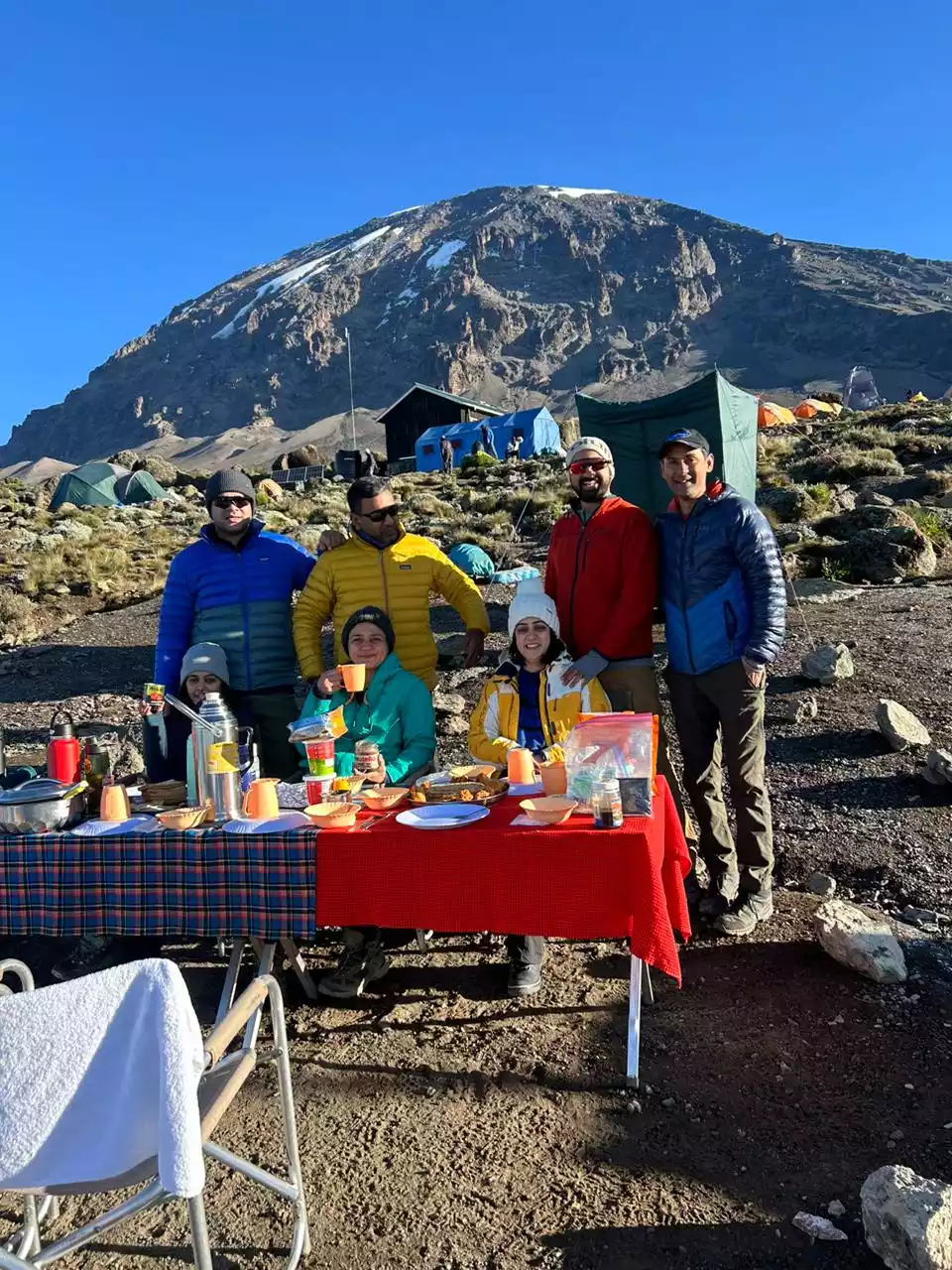

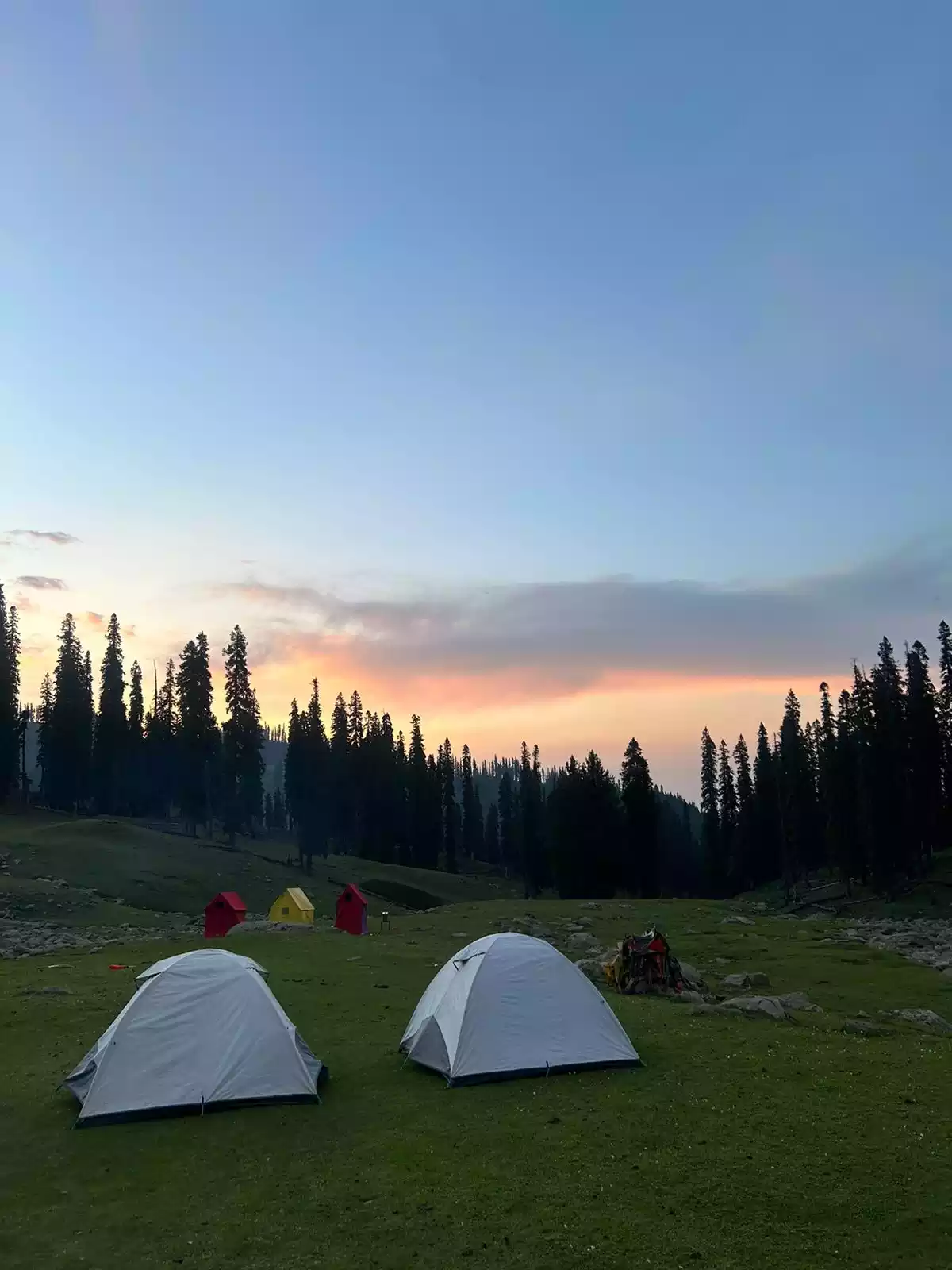
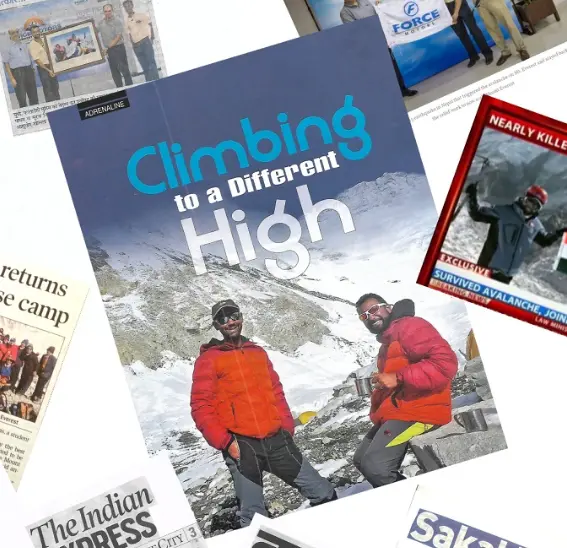
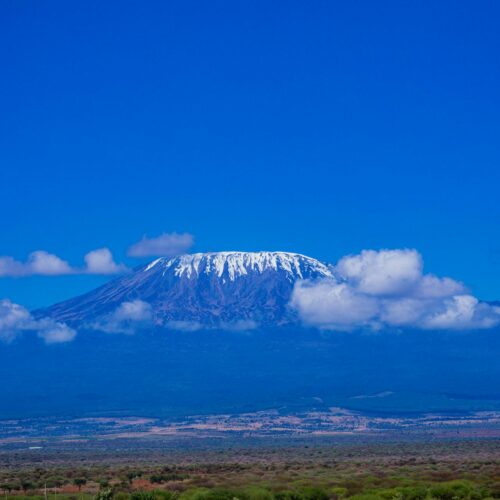

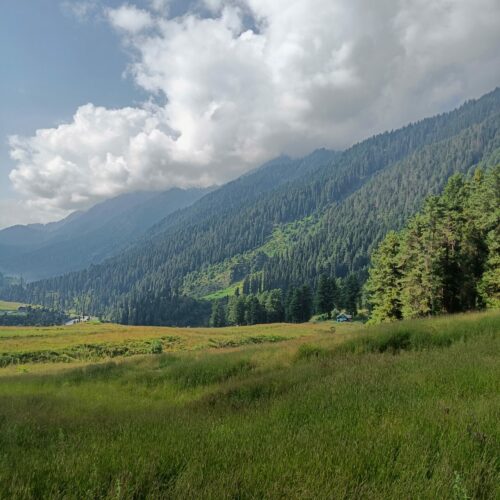



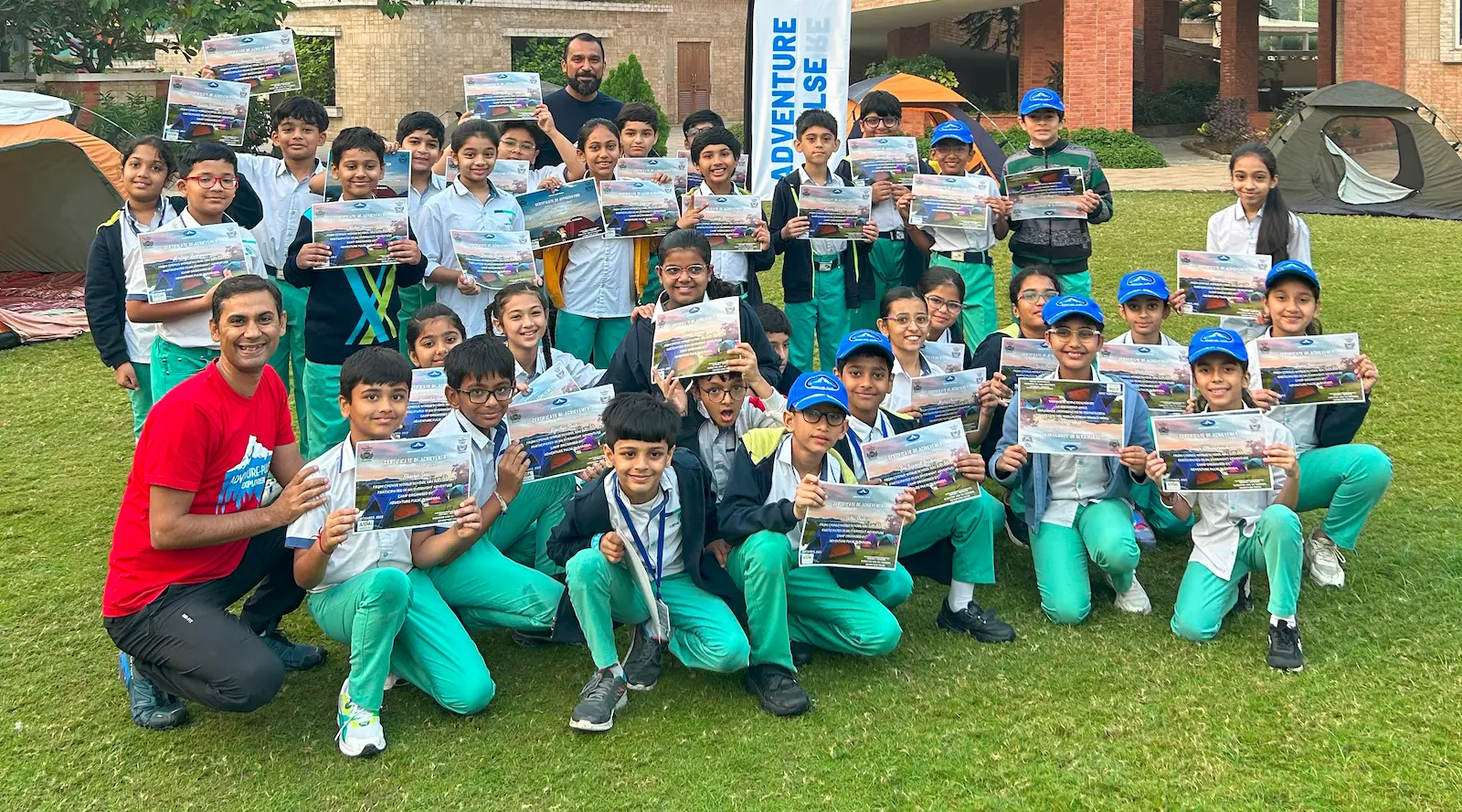

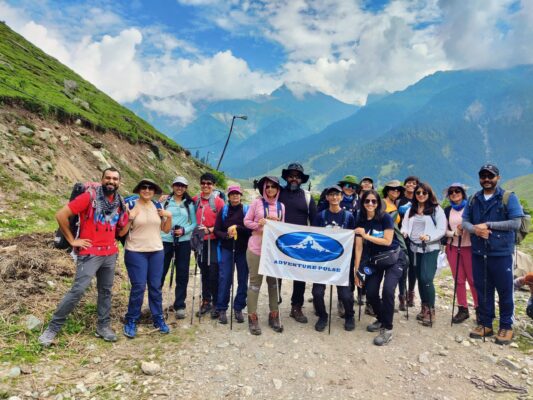
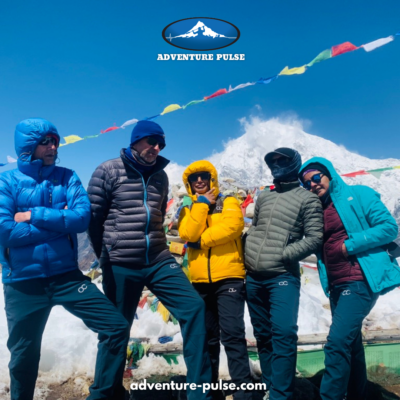
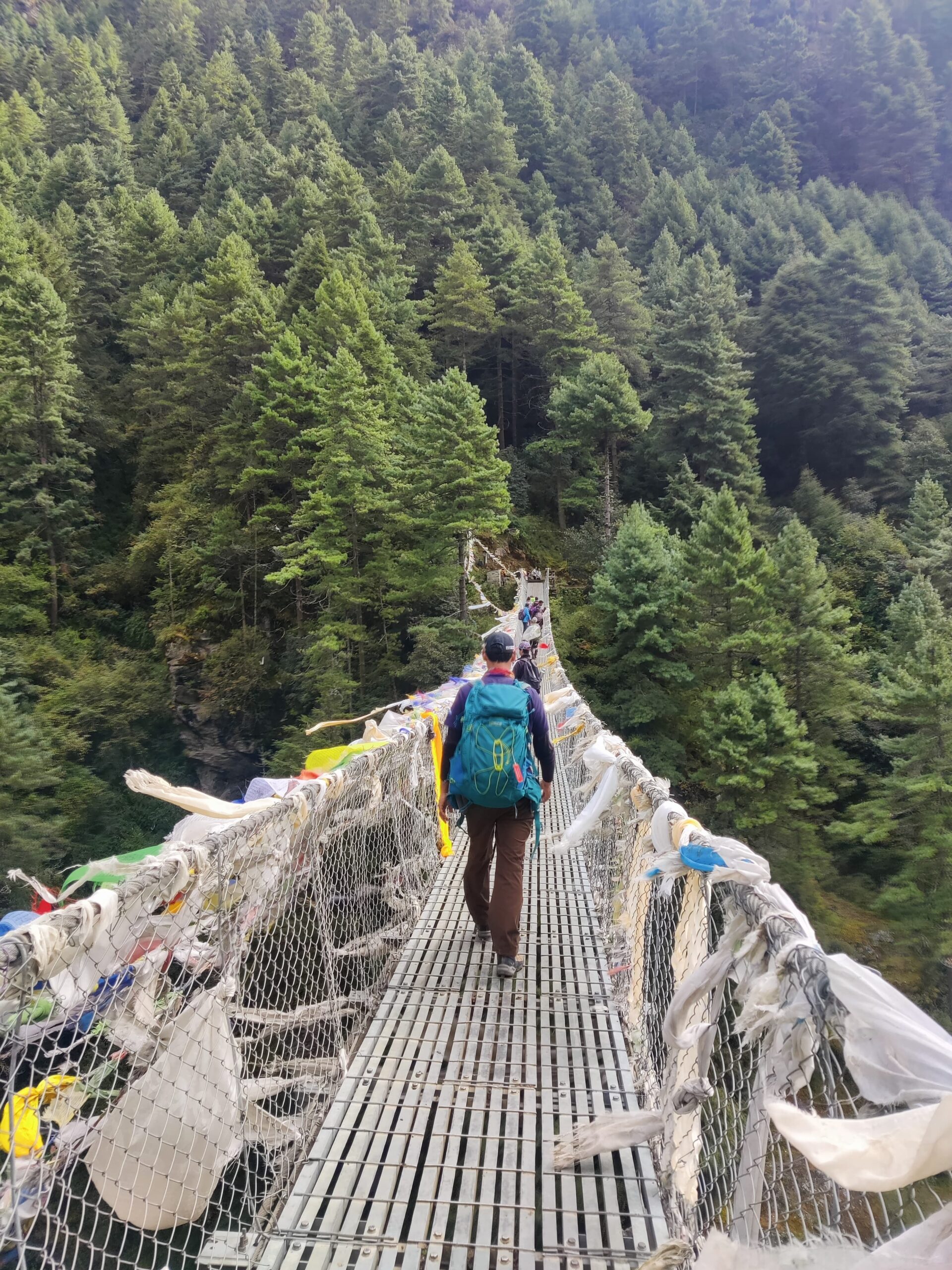



Thank you for sharing such a vivid, encouraging and valuable information about beautiful Trek to Namche bazar. Looking forward to be there soon.